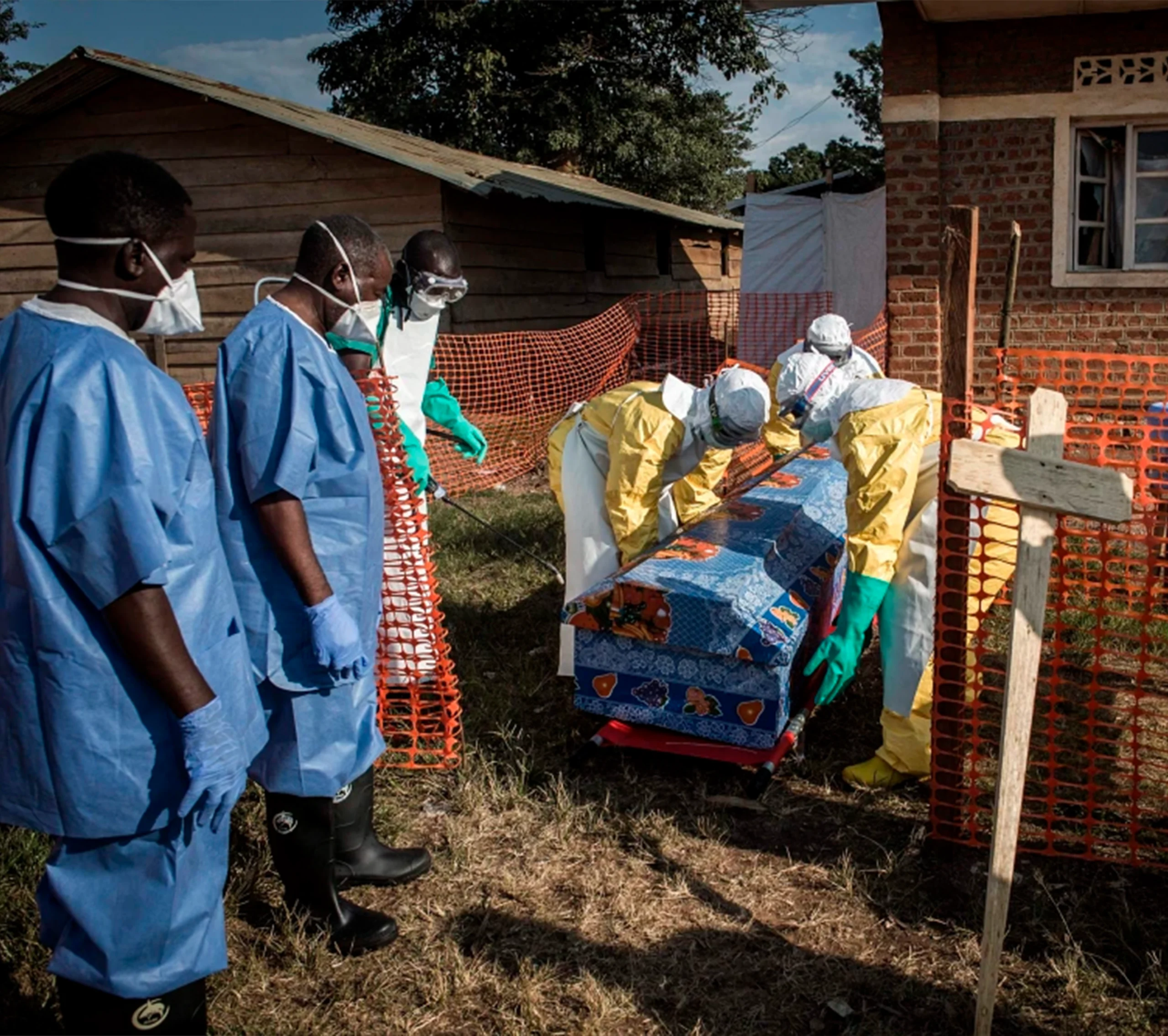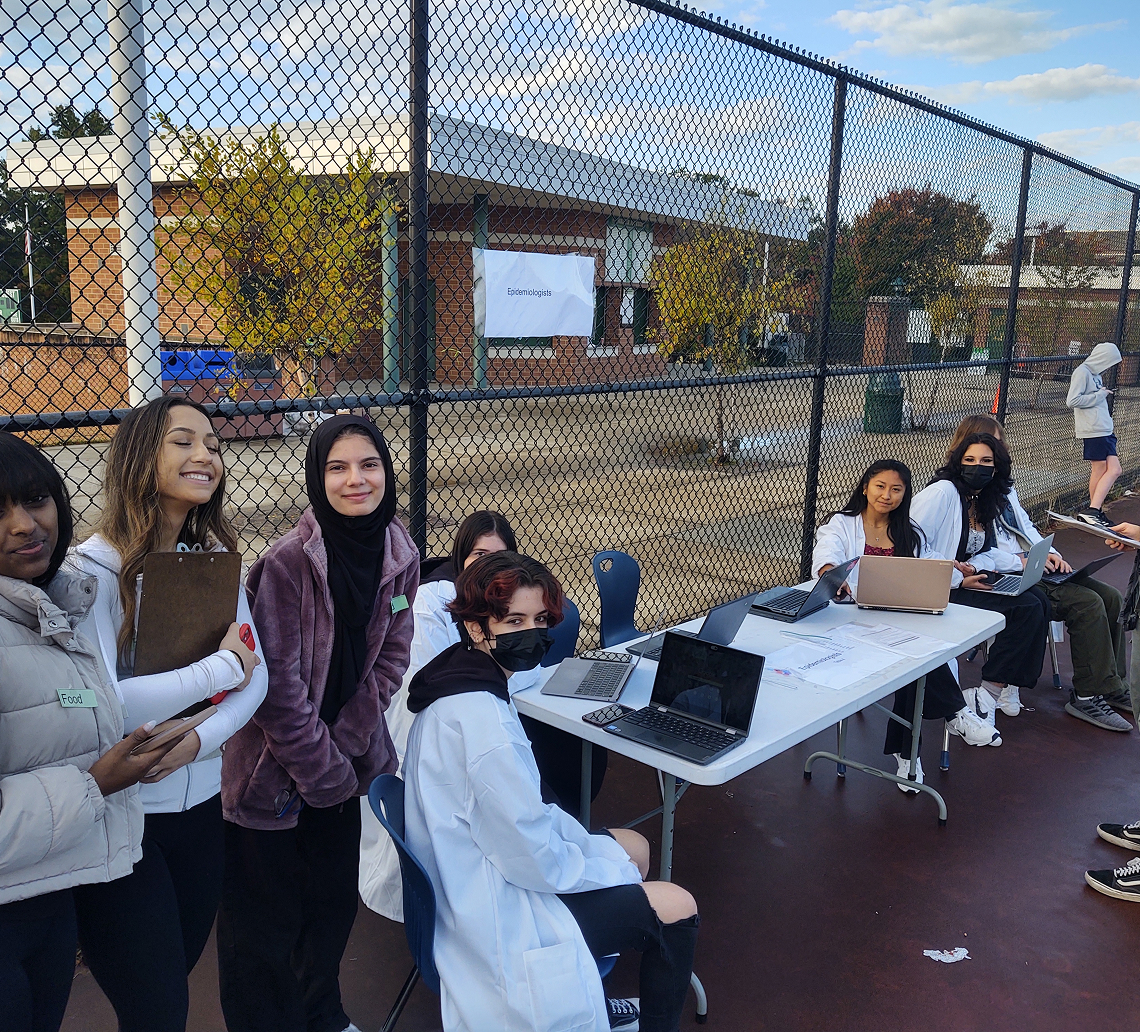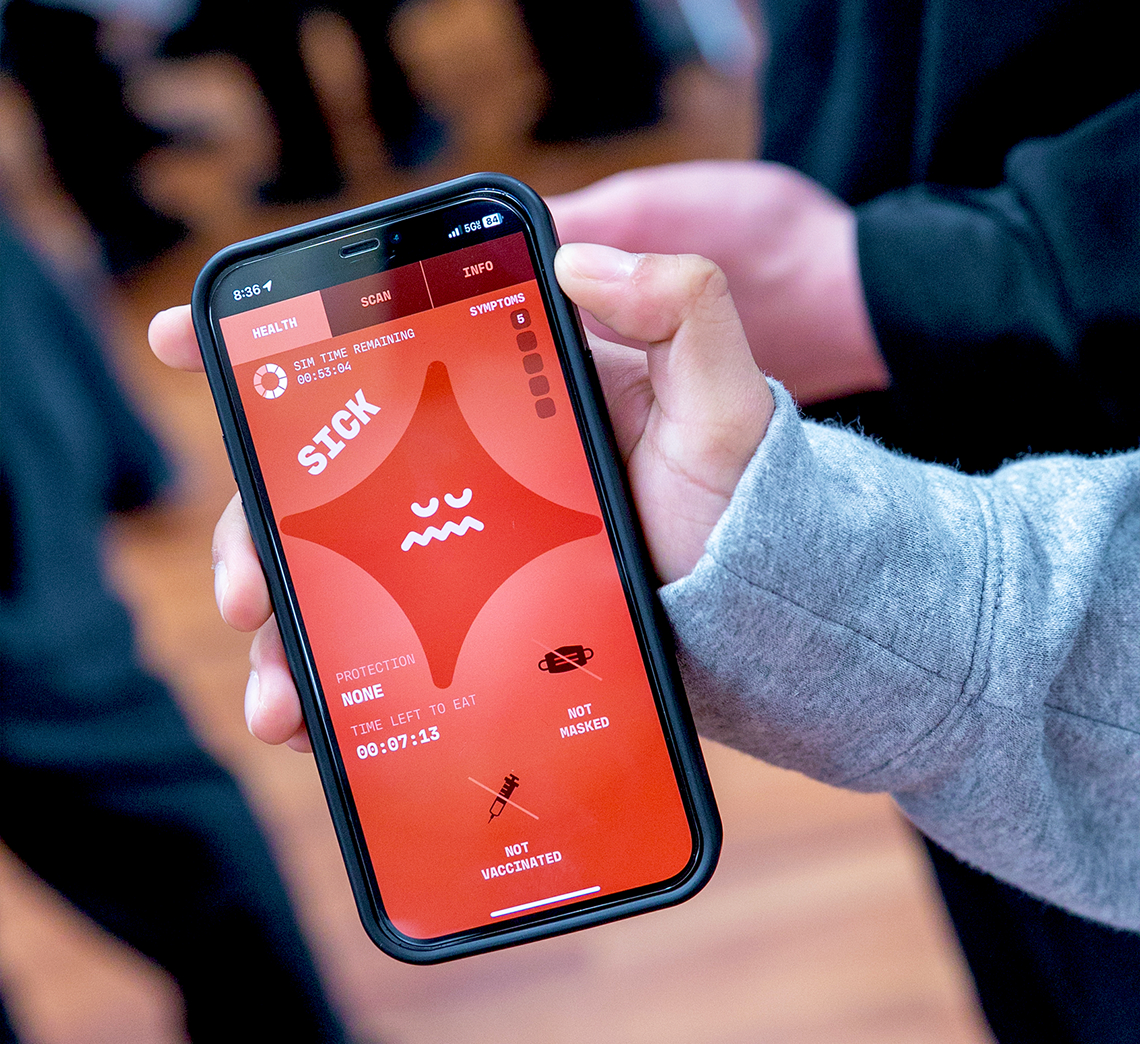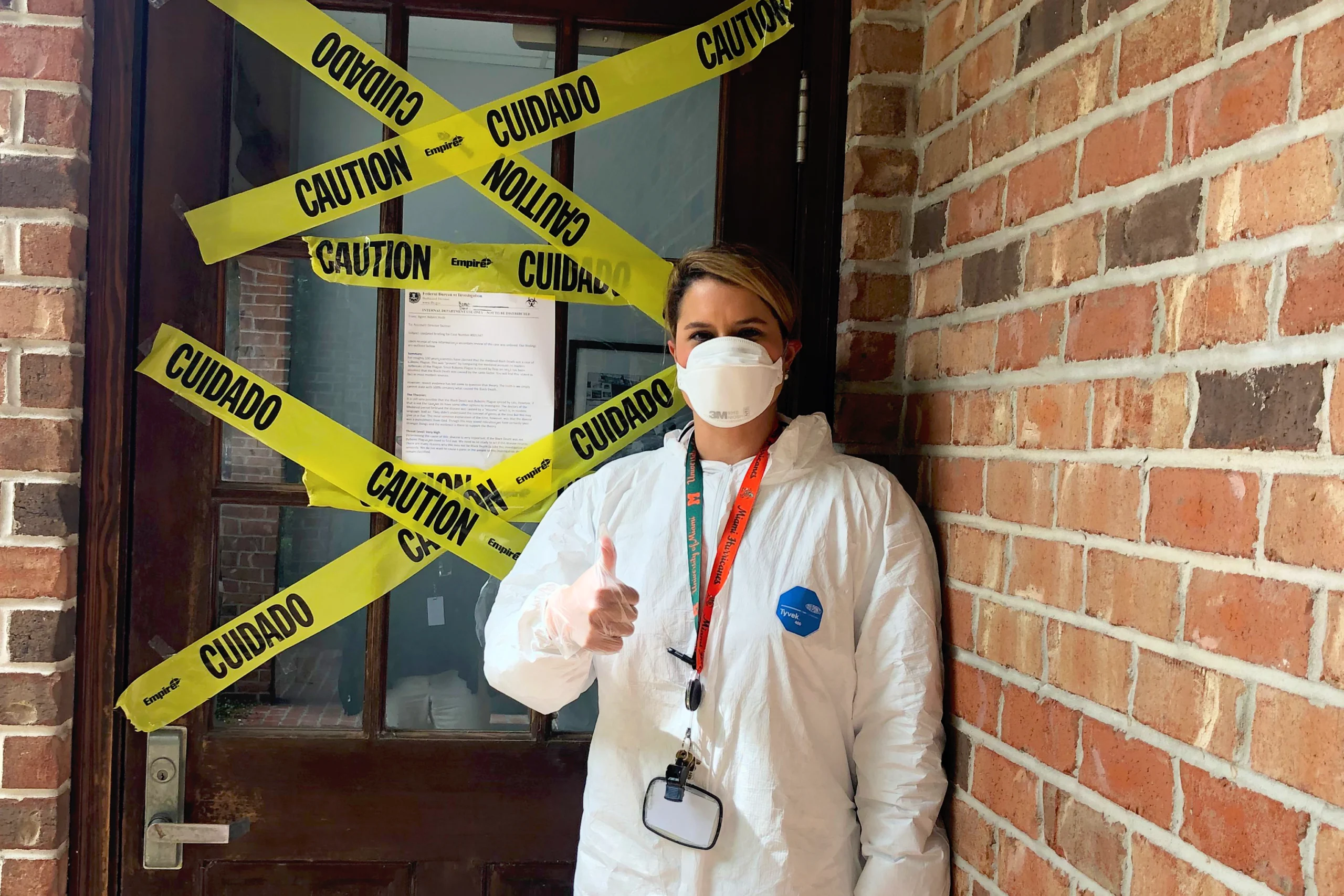
How a Middle School Experiment Became a Global Movement
Educating, empowering, and preparing the world for future outbreaks
In 2015, during the height of the Ebola outbreak in West Africa, Dr. Todd Brown, then a middle school civics educator, reached out to Dr. Pardis Sabeti, a Harvard professor and infectious disease researcher at the Broad Institute of MIT and Harvard. One of Dr. Brown’s students asked in class: “What would happen if Ebola came here?” Seeking to enrich his students’ understanding of outbreak science and governance, he invited Dr. Sabeti for a virtual classroom discussion. The conversation sparked an idea that would soon evolve into a groundbreaking educational initiative.

Dr. Brown’s students asked in class:
“What would happen if Ebola came here?”


Dr. Brown developed an outbreak science curriculum, culminating in a live-action, sticker-based outbreak simulation.
Recognizing its potential, Dr. Sabeti and her lab joined as advisors, working alongside Dr. Brown to refine and expand the experience. To improve realism, the team partnered with Dr. Andres Colubri, then a postdoctoral fellow in the Sabeti Lab, to develop a new way to model pathogen spread—an app that used Bluetooth technology to transmit a fictional pathogen across participating smartphones. In 2017, the first Bluetooth-based outbreak simulation was successfully run, marking a major milestone.
As the COVID-19 pandemic emerged in 2020, the need for outbreak education and preparedness became more urgent than ever.
Kian Sani, a long-time member of the Sabeti Lab who developed infectious disease diagnostics in the lab as an undergraduate at Harvard, joined the project to help scale Operation Outbreak, transforming it into a tool that could both support real-world mitigation efforts and train the next generation to respond to future outbreaks. That same year, Dr. Colubri became an assistant professor at UMass Chan Medical School, where he continued to collaborate with the Broad Institute on advancing the program.
In the beginning of 2025, the four-person team co-founded Operation Outbreak, Inc., expanding the program’s reach and impact. Once Operation Outbreak, Inc. was established, Dr. Colubri transitioned out of the leadership team to focus on his independent research at UMass Chan.


What began as a classroom experiment has since evolved into a global initiative, equipping students, educators, and public health practitioners with the tools to understand and respond to outbreaks of any scale.